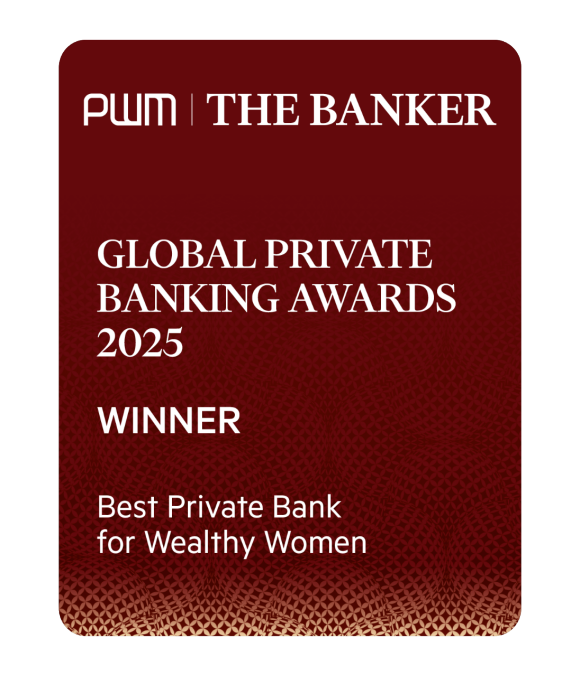Introduction to UBS Female Founders
Where ambition meets opportunity
At UBS, we believe female entrepreneurs should have equal access to funding and networks that can help their businesses thrive.
Our global UBS Female Founders initiative connects women with investors, expertise and strategic partners – turning great ideas into scalable success stories.
Why does it matter?
Backing women means backing growth. Because if women had the same access to capital as men, the global economy could expand by trillions of US dollars.2 Female-led start-ups also tend to deliver higher revenues per US dollar invested and reinvest more in their communities.3
That's why we're empowering women entrepreneurs, connecting investors with new opportunities, and supporting a more inclusive and prosperous future for all.
Closing the funding gap
Research shows that women founders attract only a small fraction of global start-up investment, despite running more than a third of all new ventures.1 It's a missed opportunity for both investors and economic growth and one which UBS is committed to addressing.
In our CIO research paper, The funding gap: Investors and female entrepreneurs, we explore the reasons behind this imbalance and identify practical ways to solve it. The message is simple: when women succeed, economies grow – and investors benefit too.
Our programs
Funding, networks and representation
Related UBS initiatives
Connect with us











